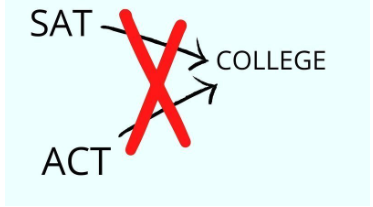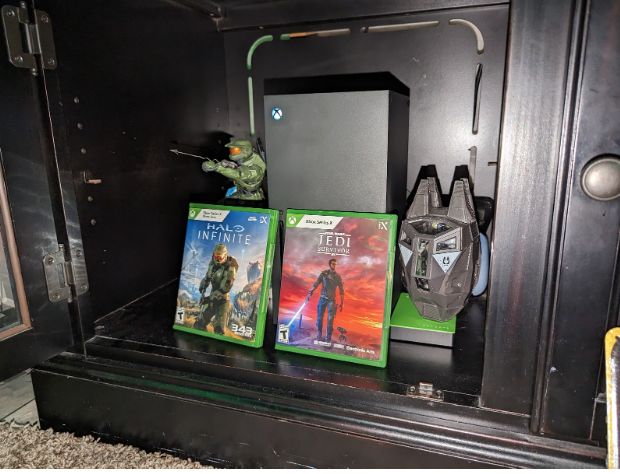More than 150 Utah school teachers attended free classes on gun instruction on December 27th, 2012. In the wake of the Sandy Hook Elementary massacre, many teachers and school workers feel the need to be prepared for gun-related emergencies. Is arming every teacher with a gun safe though? Having a gun in the school environment for protection or destruction is an unsettling situation. Where would the concealed weapon be – locked in a drawer, hidden in a purse or carried in a holster? If students know their teacher has a concealed weapon, it invites dilemma. If a teacher was overcome by a student and lost possession of the gun, what then?
Between instructing, grading, and babysitting, becoming a super-cop adds a whole new level of stress onto a teacher’s already demanding expectations. “I don’t think it’s a good idea because I don’t know that you can trust everybody everywhere,” said Bingham teacher Rand Rasmussen.
Trust is not only the only element at hand when dealing with arming teachers. Being able to use a gun in a stressful environment takes professional training. Bryan Becherini, a former marine and history teacher here at Bingham said, “The majority of teachers in this building are not trained on what is a hard and what is a soft target or what is an appropriate target to hit, and what is an actual threat.”
Although teachers may have good intentions in protecting their students, portraying teachers as movie-hero/underground cops is unrealistic and arming teachers is unnecessary.
Every high school already has a full-time police officer, and lockdown drills are practiced to prepare for dangerous incidents. The lockdowns minimizes targets and reduces potential casualties as police are able to engage the aggressor without the chaos of a student-filled hallway. Having a teacher joining the cops in an invasion scenario could lead to accidental causalities.
“The police and SWAT teams don’t know who’s carrying a gun, and when they hear there’s a school shooting, if they see someone with a gun, that person is most likely to get shot and killed,” said Becherini. “For example, I would be afraid to eliminate a threat and then have the police come in after they’ve been called, and then eliminate me because they think that I was indeed the threat,” he said.
If such law was created to allow teachers to bear firearms in class, the police department and the school would have to be in correlation to understand who is armed so no accidents would occur. Police officers are not expected to teach all day, and the same can be said for teachers becoming security guards during class.
Knowing your teacher is armed instantly changes the student-teacher relationship. Would the student body feel safe knowing all teachers had a gun?
“It would be kinda weird,” said Spencer Coombs, sophomore. “Some teachers I’m okay with, but I’m afraid about others.”
Junior Gabrielle Hoyer agrees. “Honestly it all depends on the teacher – some I could agree with handling a gun but I don’t know about others.”
Most students can agree that handing a weapon to every teacher is not creating safety.
“All teachers having a gun is too much of a factor and blows up the situation out of proportion,” said Indiana Uribe, Junior.
At Taft Union High School in California, a student came into class with a shotgun, and opened fire. Two school staffers persuaded the assailant to drop his weapon, saving many lives. Those advisors did not have a weapon, and even if they did, would they be capable of shooting a student? If the teacher had whipped out their concealed weapon, would that not have prompted aggression?
When in a public place, casualties are bound to happen. Teachers armed during a situation of immense stress with an intruder creates a high risk of an accident, which doesn’t make the students any safer. “For example, you’ve got a row of students sitting [here], if I’m at the front of the classroom and someone walks in, and I shoot, what happens when I shoot one of my students in the head? That’s the issue,” Becherini said.
Even if teachers were equipped with a firearm during instruction, getting to that point raises questions about the training and cost.
“I personally know how to handle a gun but I don’t know if every teacher here does,” Rand said. “Which have to take training? Who’s going to pay for the training – the district? Do you pay on your own? Some of those things probably shouldn’t even matter if we think this is the right thing.”
With difficult questions and uncertain answers, arming teachers with guns is not the right thing to address rising gun violence.




